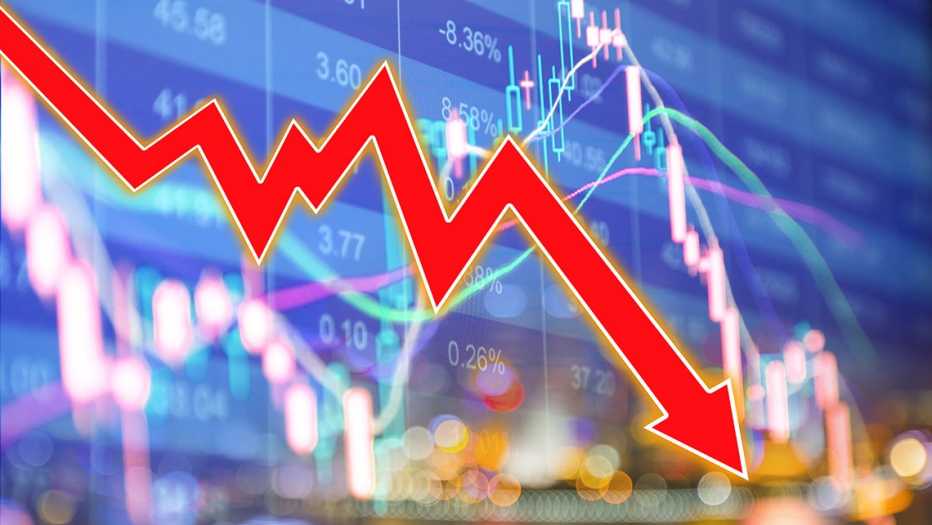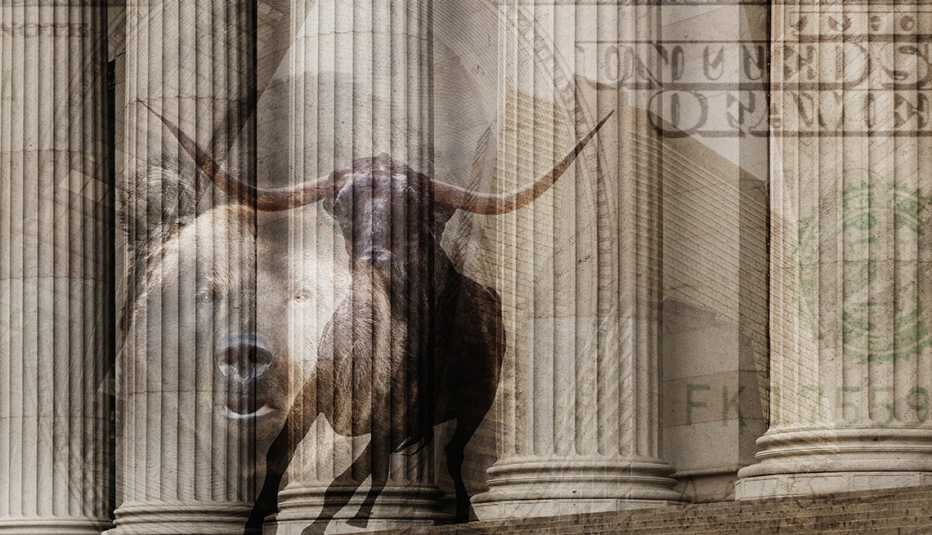Staying Fit
The stock market was at an all-time high just a couple of weeks ago, buoyed on the tide of a nearly 11-year bull market. But the S&P 500 fell by 12.8 percent from Feb. 19 through Feb. 28. (It recovered a bit on March 2, but who knows what will come over the next few days or months?) A decline of 10 percent is generally considered a correction, while a 20 percent decline is a full-fledged bear. The correction took only six days, making it the fastest market correction ever, and the coronavirus panic is cited as the culprit.
"Worldwide viral pandemics occur on average every 25 to 30 years — long enough for us to lose our memory of how bad they can be and to lower our guard on preparedness,” writes Carolyn McClanahan for Financial Planning. McClanahan is both a doctor and a Certified Financial Planner.


AARP Membership— $12 for your first year when you sign up for Automatic Renewal
Get instant access to members-only products and hundreds of discounts, a free second membership, and a subscription to AARP the Magazine.
It's important to remember that pandemics, like the diseases themselves, run their course. The coronavirus will also run its course, as will its impact on global markets. If your nerves are currently jangling, try putting this market correction in the same perspective as the bull market. When it comes to markets, neither good nor bad times last forever.
In my mind, the past several trading days are less shocking than going (so far) almost 11 years without a bear market. I've written for years that the bull market won't continue indefinitely and that one should stay the course by sticking to a balanced portfolio — and that boring bonds belong in your portfolio. I've even exposed my own portfolio asset allocation of 45 percent stocks and 55 percent fixed income.



































































